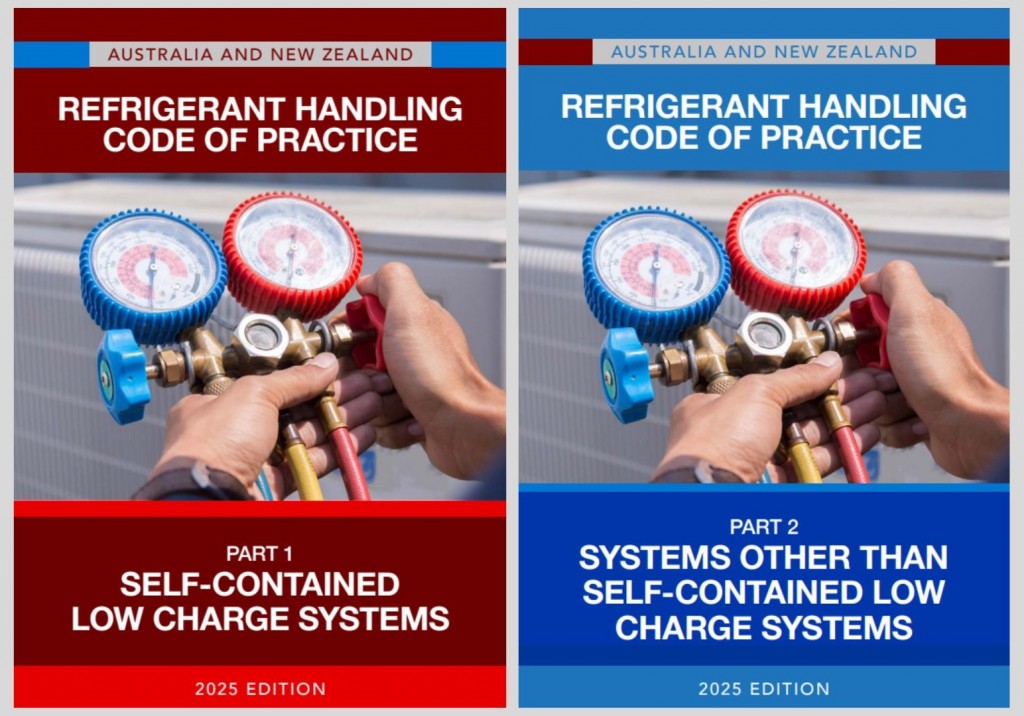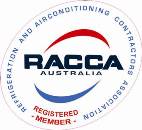
Australia and New Zealand has introduced new rules for handling refrigerants. These rules cover the entire life cycle of refrigeration and air conditioning systems: designing, manufacturing, shipping, installing, commissioning and servicing, decommissioning and refrigerant recovery. The goal is to make refrigerant use safer for people and the environment.
Part 1 covers self-contained low charge systems: those systems which don’t require any work on the refrigeration circuit to install, and contain less than 2kg of fluorocarbon refrigerant.
Part 2 of the code covers all other stationary and transport refrigeration and air conditioning systems. Automotive air conditioning systems are covered by a separate code, prepared by the automotive industry.
Refrigerants are essential for cooling, but if not handled properly, they can harm the environment. Some refrigerants contribute to global warming and ozone layer damage. The new rules help prevent leaks, improve safety, and reduce environmental harm.
Apprentices get a copy of the rules from their TAFE or training provider. But for those who have been working for a long time, make sure you are using the latest rules and standards. These updated rules help improve safety, protect the environment, and create better standards for the HVAC&R industry. Technicians and businesses must stay informed and follow the new guidelines to avoid penalties and ensure best practices.
For full details, visit the HVAC&R News page
The updated Refrigerant Handling Codes of Practice are available at the ARCtick website



